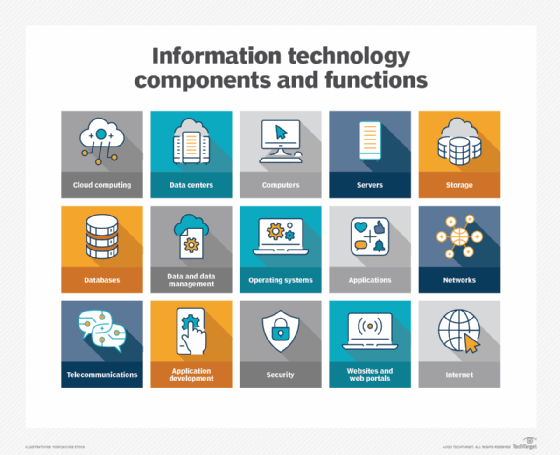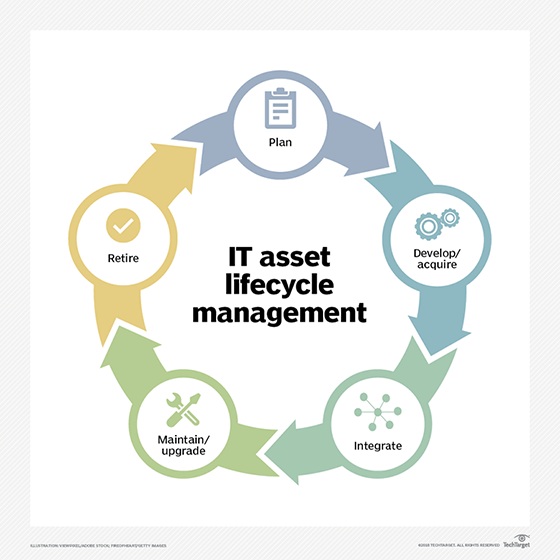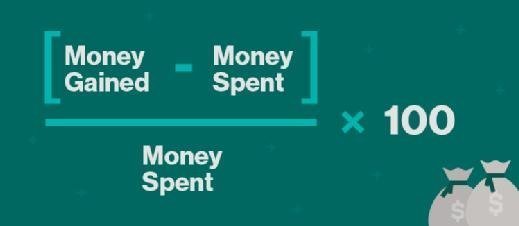enterprise IT (enterprise-class IT)
What is enterprise IT (enterprise-class IT)?
Enterprise-class IT (also known as enterprise-grade, or enterprise IT) is hardware, software and other IT services designed to meet the demands of a large organization. Enterprise-class IT is contrasted with consumer class or small and medium-sized business class. There is no single standard for enterprise-class, but it usually emphasizes reliability, availability, serviceability, compatibility and security.
The IT needs of a large, enterprise-sized organization are quite different than the needs of a consumer or a small business. Small businesses often make purchasing decisions based primarily on cost and expediency, essentially how fast and how cheap they can get what they need. In large organizations, other factors are more important than the upfront cost of an item.

For example, think of a simple Ethernet network switch. In a small business with only one or two switches, they will most likely not experience a failure of one; and if they do, they can quickly find the issue and replace the unit, making a cheap consumer switch acceptable. A large organization might need thousands of Ethernet switches though. In this case, it is quite likely that a few switches will fail so the ability to do inventory management and have an easy warranty arrangement is important. Also, if a security flaw is discovered in the switch, they will want central management to be able to update them all at the same time, instead of needing to perform a complex process one at a time.
Common to enterprise IT
There are no set standards for what makes a product or service enterprise-class. There are a few common threads that apply though when making a consideration if a product will meet the needs of a large organization.
Reliability. For software/services, is there a service-level agreement (SLA) or uptime guarantee for reliability? For hardware, what is the mean time to failure? Is preventive maintenance required? Can it withstand 24/7 working at full capacity for its expected lifetime?
Compatibility. Is the product compatible with existing systems? How easily can it be adapted or integrated with those systems?
Repairability. How easy is the item to service? Are replacement parts easy to get? Are service contracts available? Is there a self-maintainer contract?
Support. What is the warranty? Does the vendor offer 24-hour phone support? How fast can replacement parts be sent? Is the same support available in other countries where you operate?
Lifecycle management. How long will the product be supported by the vendor? How much notice is there before an old version is phased out and a new version released? When a product reaches end-of-life what are the options to replace, sell or recycle it?

Scalability. Can the product scale and keep up with expected growth? How easy is it to add additional capacity for scalability purposes?
Availability. Can this product be purchased in sufficient quantities? Is it available from several vendors? Is it available in other countries? Does the vendor accept purchase orders? How is the item shipped?
Security. Is the product vendor known to be security focused? What are their privacy and data sharing policies? How fast and how often are security updates released? How long has the manufacturer committed to providing security updates?
Manageability. Can this product be centrally managed? How easy is it to update and install?
TCO. What is the total cost of ownership of the product? Does this item use expensive or vendor-locked replacement parts? How much electricity does it use? Is there an associated annual license fee?

Due to the above factors, enterprise-class IT products are often more costly than an equivalent consumer product. Because IT services have become core to most enterprises' operations the added cost is worth it to ensure business continuity. For instance, if a $10,000 core router were to go down it could cost millions of dollars an hour in lost revenue, so 24-hour support and rapid replacements would be worth the cost.
Check out our definitive guide to enterprise IT monitoring. Learn about device reliability engineering and how it promotes product reliability, and see how to get the best desktop support SLA bang for your buck. Also explore three ways to approach legacy hardware maintenance.








